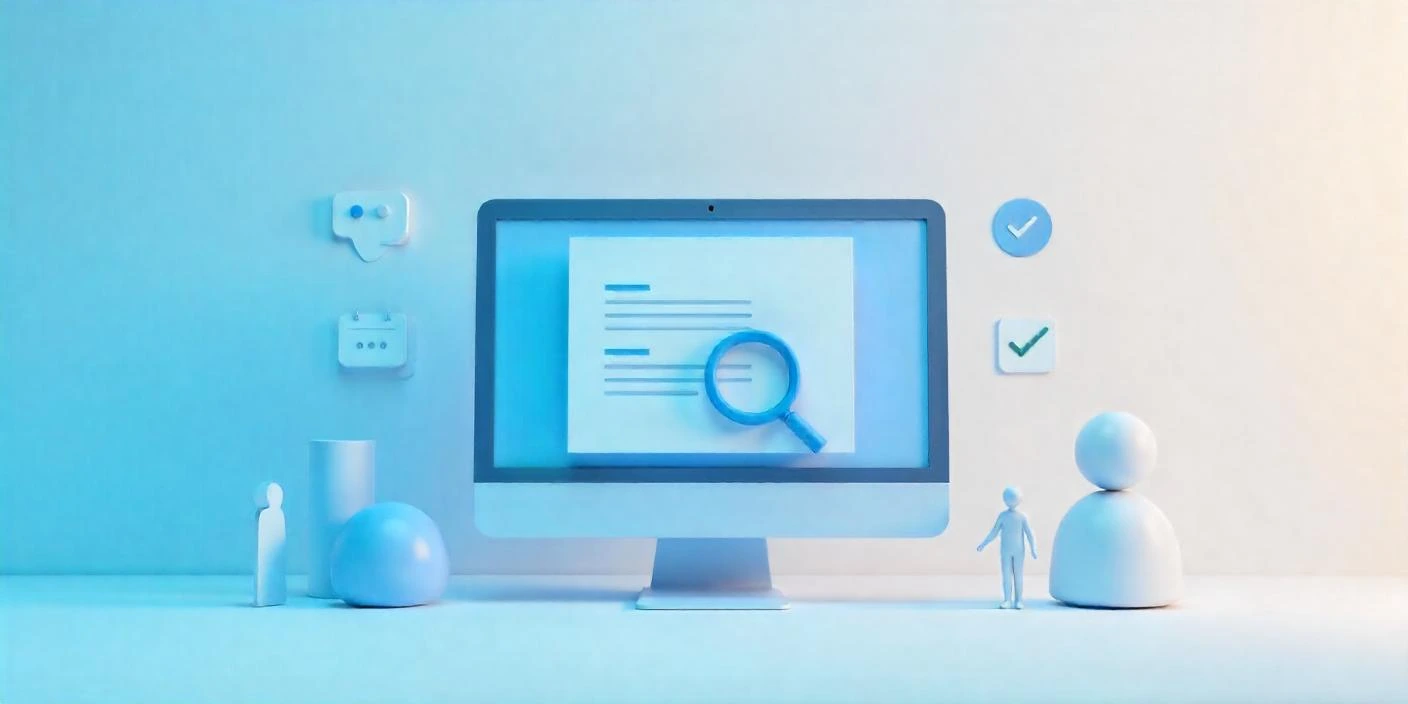We all know the rhythm of most organisations: Q1 is for setting goals, and Q4 is for chasing them down—sometimes with panic, sometimes with pride. But what happens in between, especially in Q2, quietly makes or breaks employee performance.
By now, the kickoff meetings are over. The excitement of fresh strategies has faded. Teams are deep in the weeds—juggling deliverables, chasing KPIs, and trying to stay engaged. But here’s the thing: if you’re waiting until the end of the year to run a performance appraisal system or check on goals, you’re already behind.
Q2 is the inflection point. It’s when teams either lock in momentum or start slipping into survival mode. It’s where organisations either double down on their people strategy—or drift, only to scramble in Q4.
For HR leaders and executives, this isn’t just a quarter—it’s a strategic talent management opportunity. The habits, culture, and expectations you reinforce in Q2 become the outcomes you report at year’s end.
So the real question is: “How do you build a high-performance culture now—before Q4 catches up?” Let’s get into it.
1. Reconnect People to Purpose
One of the biggest silent killers of employees’ performance is a loss of clarity. As the novelty of Q1 fades, many employees start asking: What are we working toward?
Performance management begins with alignment. It’s about helping employees see how their roles connect to the broader vision. This can’t be a poster on a wall—it needs to be real and relevant.
It is important to use Q2 to:
- Link individual goals to business outcomes.
- Train managers to discuss the “why” in every one-on-one.
- Reassess job descriptions against what actually drives value.
When employees understand their impact, they engage differently. This is the foundation of a successful performance management process.
2. Make Performance a Conversation, Not a Calendar Event
If you’re still relying on annual staff appraisal systems, Q2 is your wake-up call. Performance doesn’t grow in silence. Continuous performance management is no longer optional. Employees crave timely feedback, clear direction, and recognition that doesn’t wait for review season.
Here’s how to bring your performance management system into the now:
- Schedule monthly 1-on-1s with feedback frameworks.
- Embed feedback into day-to-day tools with performance management tools or HR tech.
- Coach managers to give real-time, actionable input.
Performance is a living, breathing element of a high-performing culture. Treat it that way, and watch your culture shift.
3. Measure What Actually Matters
Many teams confuse activity with impact. They’re busy, sure—but is it moving the needle? Q2 is a great time to audit your performance appraisal and employee performance metrics:
- Are you rewarding the right behaviors?
- Are your KPIs still aligned with Q1 goals?
- Do you have visibility into staff appraisal metrics that tell you more than just numbers?
A modern performance management system like SeamlessHR must be adopted, as it helps HR and business leaders track meaningful metrics and spot where support—or redirection—is needed. It transforms performance appraisal tools from compliance checkboxes into strategic levers.
4. Invest in Manager Enablement
Managers make or break your performance culture. Yet too often, they’re promoted for technical skill—not people leadership—and left to figure it out.
Q2 is a perfect time to launch internal manager enablement campaigns:
- Provide templates for coaching and performance management processes for managers.
- Create learning loops with peer groups or lunch-and-learns.
- Offer training on performance management appraisal processes, especially how to run effective HR appraisals.
Remember, your managers are the frontline of your performance and management strategy. Support them, and you support your entire workforce.
5. Recognise performing talents in Real-Time
Q2 is often where motivation dips. The adrenaline of Q1 is gone, and Q4 is too far off to feel urgent. But recognition—especially peer-to-peer or from leadership—can refill the tank.
You don’t need big budgets. You need consistency.
- A Slack or Teams shoutout
- A personal note from leadership
- A dashboard that highlights wins
- A WhatsApp team group spotlight
These small moments reinforce your performance management system and feed the culture you’re trying to build. High performance isn’t just driven by data—it’s fueled by appreciation.
6. Make Agility Your Default
Change is constant. Roles shift. Goals evolve. Strategic performance management today means building flexible systems and mindsets.
Use Q2 to:
- Review and adjust team and individual goals mid-year.
- Teach managers how to navigate shifting expectations without demotivating staff.
- Build data loops through your talent management system to stay ahead of risk.
Agility isn’t about losing structure—it’s about making your structure more resilient.
7. Listen, Then Lead
One of the most powerful things you can do this quarter is pause and ask your employees what’s working. Your performance management in human resource management strategy should include real-time listening tools:
- Run a Q2 pulse survey.
- Ask employees how supported they feel.
- Use appraisal performance data to understand experience gaps.
When you listen with intention, you don’t just manage performance—you lead through trust.
Culture Doesn’t Happen by Q4. It Starts in Q2.
Building a high-performance culture isn’t a once-a-year initiative—it’s a continuous investment in your people. And Q2 is your strategic window. You’ve learned from Q1. You still have time to pivot before Q3. And Q4 hasn’t yet clouded focus with year-end pressure.
So ask yourself: “Are we measuring performance of employees in a way that drives growth? Are our systems built to support and not just assess?”
Performance management and human resource management are no longer separate conversations. They are one. And your ability to connect the dots now will determine what your Q4 looks like.
At SeamlessHR, our performance management system enables businesses to adopt a system that is continuous, human-centered, and built to scale. From performance appraisal examples to talent management strategy, our performance management software helps you thrive. Let’s talk about how must make Q2 count—before Q4 catches up.






